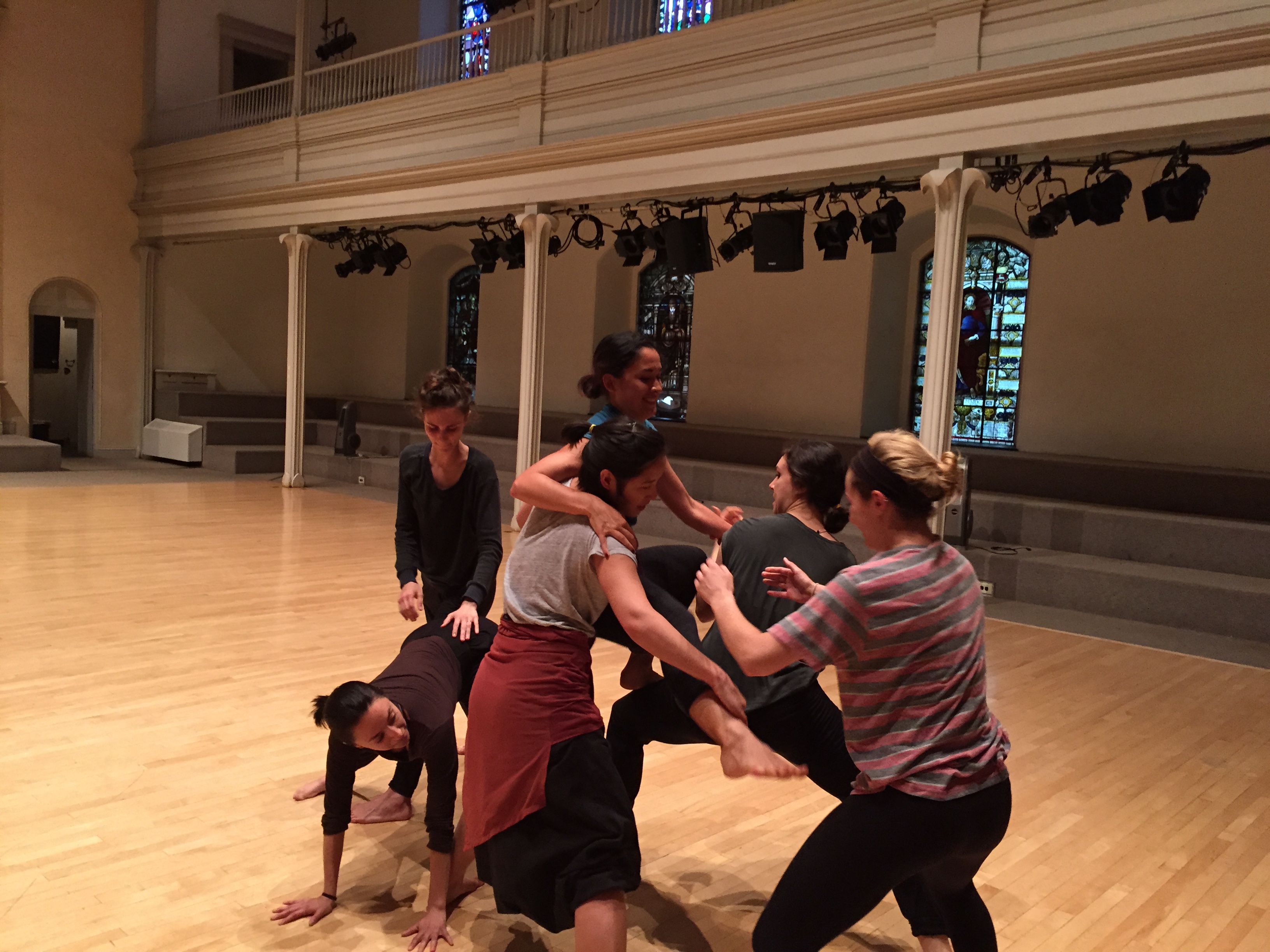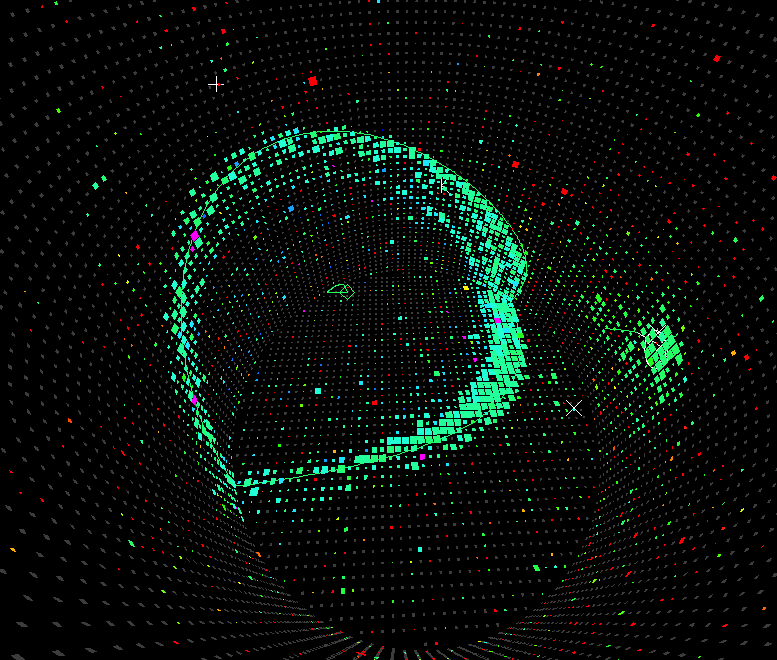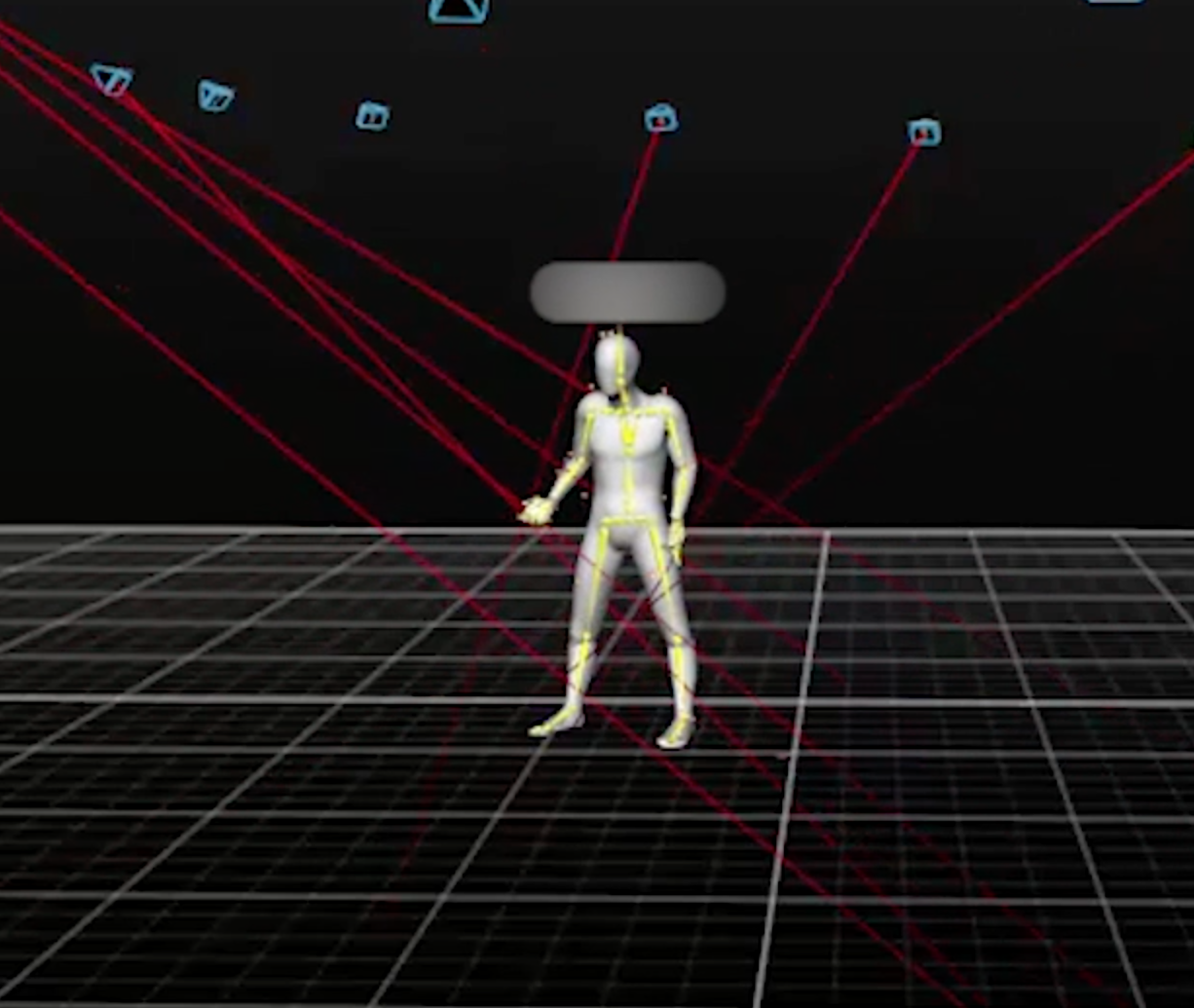Investigating decision making through improvisational structures and body movement.
My initial fascination with decision making began in my undergraduate studies of both physics and dance. As a dance student, I found myself in the rewarding pursuit of less cerebral (more proprioceptive/instinctual) decision making processes in the contact improvisation setting. As a physics student, I could not help but wonder: if the processes in our brains are determined by interactions between particles according to the laws of physics, do people have free-will? The fully deterministic classical models of physics suggest not, but quantum mechanics, the first probabilistic theory in physics, leaves a little more room for mystery. Inspired by the works of John Cage and Merce Cunningham on indeterminate scores, I explored the question of free-will by employing the mathematics of quantum mechanics, computer programming, and improvisational structures to remove levels of free-will in the choreographic process, resulting in the piece Sankhara. Not surprisingly, the choreography reflected the mathematical structure that created it. After all, math is a quantitative description of relationships between variables, and dance is a dynamic sculpture of space-time and bodies to reveal those relationships.
Current research in neuroscience suggests that neurons behave quantum mechanically﹣ spontaneously and randomly jumping from one state to another according to calculable probabilities, influencing our choices accordingly. In June 2015, I was awarded a residency at Danspace Project through Tisch Institute of the Performing Arts to choreographically research decisions and free-will informed by recent discoveries in neuroscience and data visualization tools.
With a group of experienced movers, I explored the sensory information that guides decision making in an improvisational setting. I investigated improvisational structures, distinguishing between improvisations, scores, and games. We identified several useful game structures, including conflict-oriented, goal-oriented, and circular structures. We explored various mathematical progressions, linear, exponential, oscillations, cyclical, inverse square, and exponential decay, in search of inherent development and human-like development, determining that mathematical structures cannot compete with human-driven development because they lack the element of surprise. Algorithms that are too simple to incorporate randomness feel exhaustive because they are unable to respond to all of the constant changes descriptive of life outside of a vacuum.
The work done in this residency was heavily influenced by the research of Judson Dance Theatre. It is fitting that our investigation of improvisational decision making led to an investigation of authentic movement and choices. As a group, the participants and I concluded that inauthentic movement can only be defined situationally, but usually involves a disconnect between spatial, emotional, temporal, and energetic intentions, which results in disembodied presence in the space. This disembodiment is palpable to both the doer and the observer. In the future, I would like to probe motion capture data of authentic and inauthentic movement choices for quantifiable differences.
The week-long residency culminated in an open Improvisational Decision Making Lab at St. Mark's Church in New York City, where dancers and non-dancers were led through some of the investigations completed during the residency.




